Six books about seismic analysis
/Last year, I did a round-up of six books about seismic interpretation. A raft of new geophysics books recently, mostly from Cambridge, prompts this look at six volumes on seismic analysis — the more quantitative side of interpretation. We seem to be a bit hopeless at full-blown book reviews, and I certainly haven't read all of these books from cover to cover, but I thought I could at least mention them, and give you my first impressions.
If you have read any of these books, I'd love to hear what you think of them! Please leave a comment.
Observation: none of these volumes mention compressive sensing, borehole seismic, microseismic, tight gas, or source rock plays. So I guess we can look forward to another batch in a year or two, when Cambridge realizes that people will probably buy anything with 3 or more of those words in the title. Even at $75 a go.

 Quantitative Seismic Interpretation
Quantitative Seismic Interpretation
Per Avseth, Tapan Mukerji and Gary Mavko (2005). Cambridge University Press, 408 pages, ISBN 978-0-521-15135-1. List price USD 91, $81.90 at Amazon.com, £45.79 at Amazon.co.uk
You have this book, right?
Every seismic interpreter that's thinking about rock properties, AVO, inversion, or anything beyond pure basin-scale geological interpretation needs this book. And the MATLAB scripts.

 Rock Physics Handbook
Rock Physics Handbook
Gary Mavko, Tapan Mukerji & Jack Dvorkin (2009). Cambridge University Press, 511 pages, ISBN 978-0-521-19910-0. List price USD 100, $92.41 at Amazon.com, £40.50 at Amazon.co.uk
If QSI is the book for quantitative interpreters, this is the book for people helping those interpreters. It's the Aki & Richards of rock physics. So if you like sums, and QSI left you feeling unsatisifed, buy this too. It also has lots of MATLAB scripts.

 Seismic Reflections of Rock Properties
Seismic Reflections of Rock Properties
Jack Dvorkin, Mario Gutierrez & Dario Grana (2014). Cambridge University Press, 365 pages, ISBN 978-0-521-89919-2. List price USD 75, $67.50 at Amazon.com, £40.50 at Amazon.co.uk
This book seems to be a companion to The Rock Physics Handbook. It feels quite academic, though it doesn't contain too much maths. Instead, it's more like a systematic catalog of log models — exploring the full range of seismic responses to rock properies.

 Practical Seismic Data Analysis
Practical Seismic Data Analysis
Hua-Wei Zhou (2014). Cambridge University Press, 496 pages, ISBN 978-0-521-19910-0. List price USD 75, $67.50 at Amazon.com, £40.50 at Amazon.co.uk
Zhou is a professor at the University of Houston. His book leans towards imaging and velocity analysis — it's not really about interpretation. If you're into signal processing and tomography, this is the book for you. Mostly black and white, the book has lots of exercises (no solutions though).

 Seismic Amplitude: An Interpreter's Handbook
Seismic Amplitude: An Interpreter's Handbook
Rob Simm & Mike Bacon (2014). Cambridge University Press, 279 pages, ISBN 978-1-107-01150-2 (hardback). List price USD 80, $72 at Amazon.com, £40.50 at Amazon.co.uk
Simm is a legend in quantitative interpretation and the similarly lauded Bacon is at Ikon, the pre-eminent rock physics company. These guys know their stuff, and they've filled this superbly illustrated book with the essentials. It belongs on every interpreter's desk.

 Seismic Data Analysis Techniques...
Seismic Data Analysis Techniques...
Enwenode Onajite (2013). Elsevier. 256 pages, ISBN 978-0124200234. List price USD 130, $113.40 at Amazon.com. £74.91 at Amazon.co.uk.
This is the only book of the collection I don't have. From the preview I'd say it's aimed at undergraduates. It starts with a petroleum geology primer, then covers seismic acquisition, and seems to focus on processing, with a little on interpretation. The figures look rather weak, compared to the other books here. Not recommended, not at this price.
NOTE These prices are Amazon's discounted prices and are subject to change. The links contain a tag that gets us commission, but does not change the price to you. You can almost certainly buy these books elsewhere.



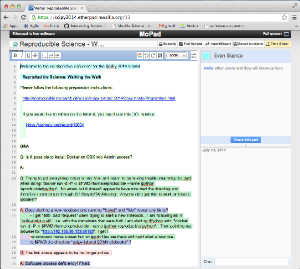
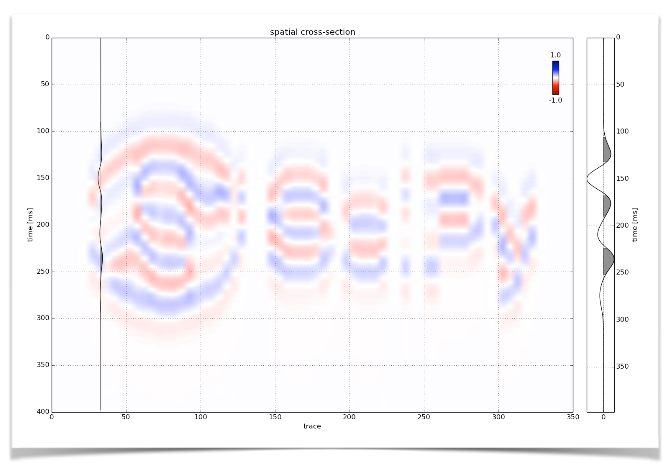
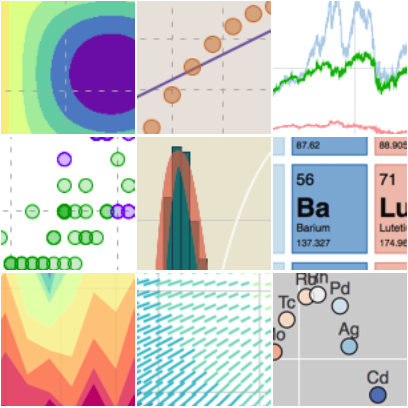
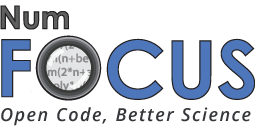


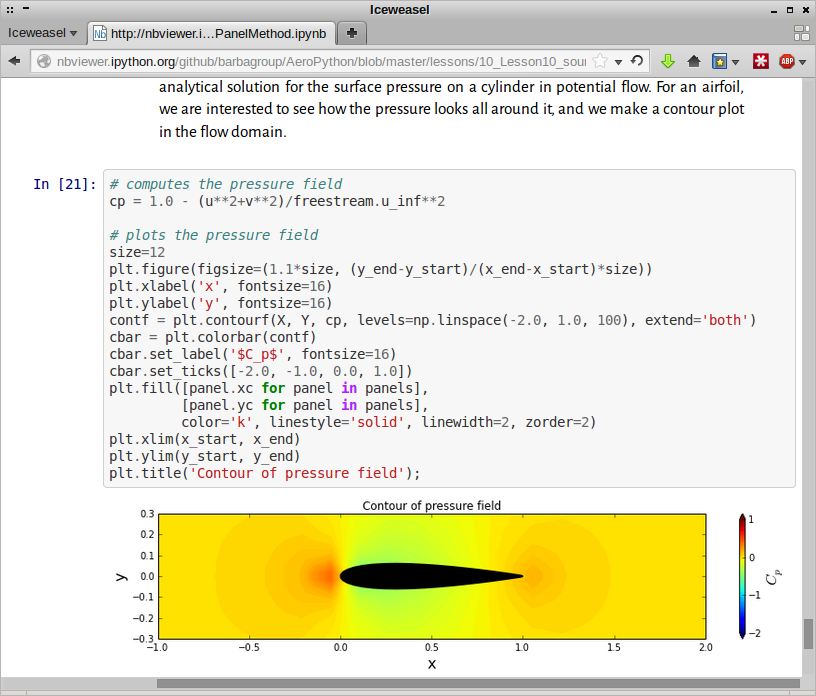
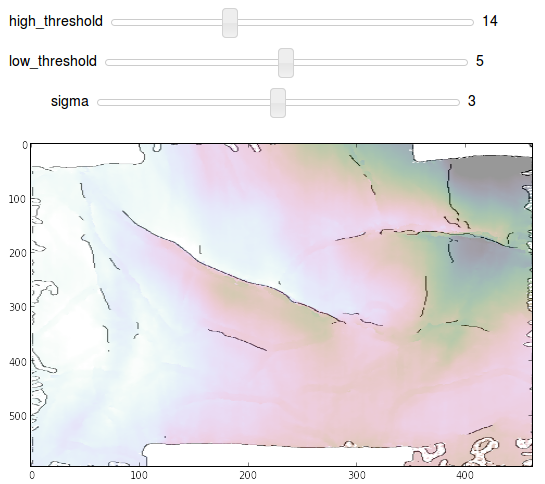
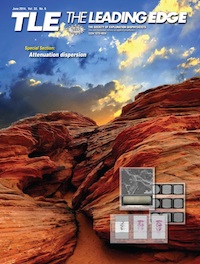
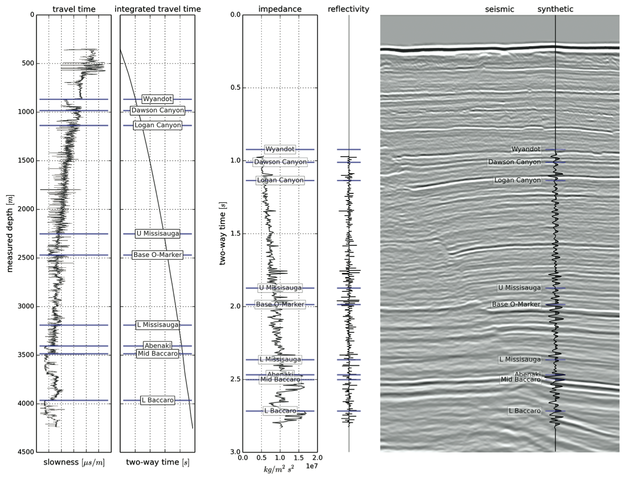


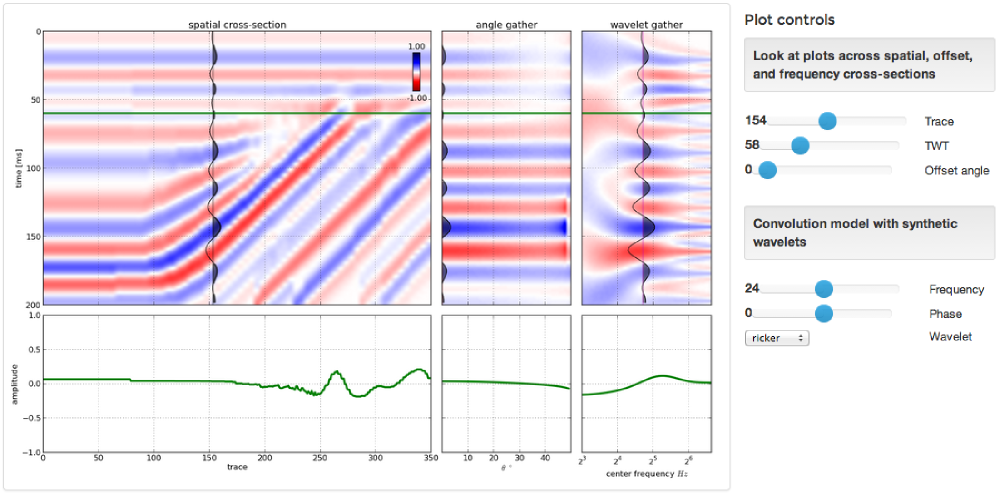
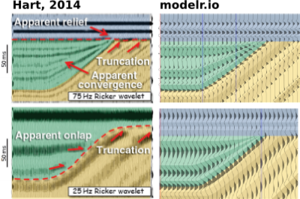



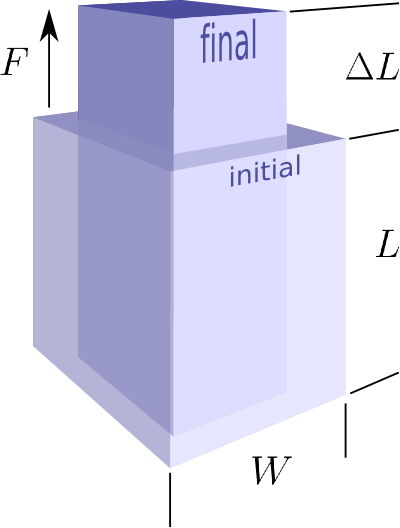

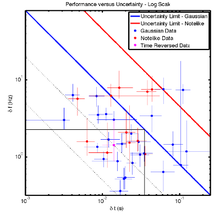
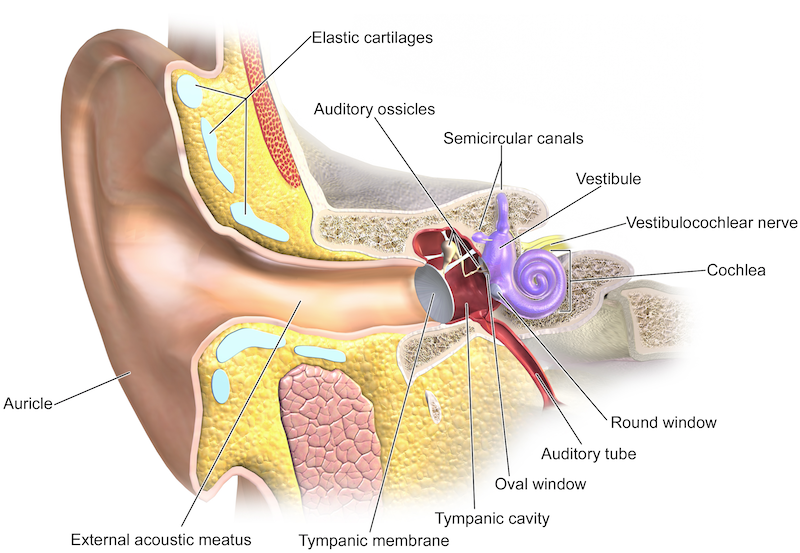






 Except where noted, this content is licensed
Except where noted, this content is licensed